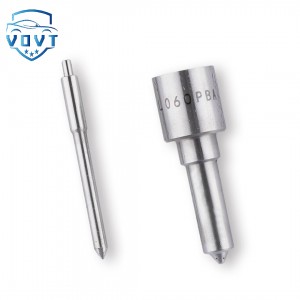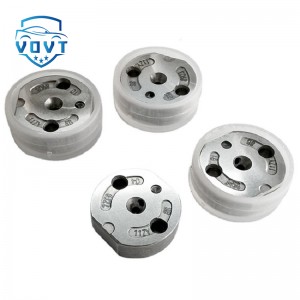Genuine Quality Diesel Injector Repair Kit for 0 445 120 236 Injector Parts Engine Parts Auto Parts 0445120236
products description
| Reference. Codes | 0 445 120 236 |
| OE/OEM Codes | / |
| Application | Injector Repair Kits |
| MOQ | 4PC |
| Certification | ISO9001 |
| Place of Origin | China |
| Packaging | Neutral packing |
| Quality Control | 100% tested before shipment |
| Lead time | 7~15 working days |
| Payment | T/T, L/C, Paypal, Western Union or as your requirement |
Injector repair kit: technology iteration and market adaptability research
Injector repair kits are a key component in balancing repair costs and performance restoration. Their technological evolution must simultaneously adapt to engine emissions upgrades and repair scenarios. This article analyzes the market structure, technical pain points, and quality control, providing a reference for industry standardization.
I. Market Structure and Product Segmentation
The current market presents a three-tiered structure: Original equipment manufacturers (such as Denso and Bosch) account for 35%, dominating the high-end market with micron-level tolerance control (0.001-0.003mm clearance); aftermarket branded parts (such as Mahle) account for 45%, achieving 80% performance matching through reverse engineering; and economy parts account for 20%, focusing on cost control, resulting in a 40% reduction in seal life. After-sales data shows that injectors using original equipment manufacturer repair kits have an average failure-free period of 12,000 kilometers, 2.3 times that of economy parts.
II. Core Technology Pain Points and Breakthroughs
Seal aging is the primary failure mode. At -40°C, the compression set of ordinary nitrile rubber reaches 35%, while that of hydrogenated nitrile rubber (HNBR) is controlled within 15%. Spring fatigue has been addressed through material upgrades. Silicon-chromium spring steel (60Si2CrA) is oil-quenched at 860°C and tempered at 420°C, increasing the elastic limit to 1800 MPa. The filtration system innovatively incorporates a 3D woven filter with a 90% pore uniformity, improving impurity interception by 25% compared to traditional stamped filters.
III. Quality Control and Adaptation Principles
A two-dimensional adaptation model based on "model and operating conditions" has been established. For China VI engines, repair kits must pass a 1600 bar pulse pressure test (100,000 cycles without leakage). Fuel injectors for construction machinery have enhanced vibration resistance to meet 20g acceleration shock requirements. Installation process specifications require that O-rings be cleaned with isopropyl alcohol before assembly to prevent seal failure caused by fingerprints and grease. The tightening sequence should follow a diagonal step-by-step principle (increase by 1 N·m per step).
IV. Standardization Progress and Future Directions
The new ISO 12156-1:2023 standard tightens the injector flow deviation after repair from a strict ±5% to ±3%. Smart repair kits are a research and development hotspot, integrating RFID tags to store repair records and enabling traceability management with handheld terminals. The penetration rate is expected to exceed 15% by 2028.

























